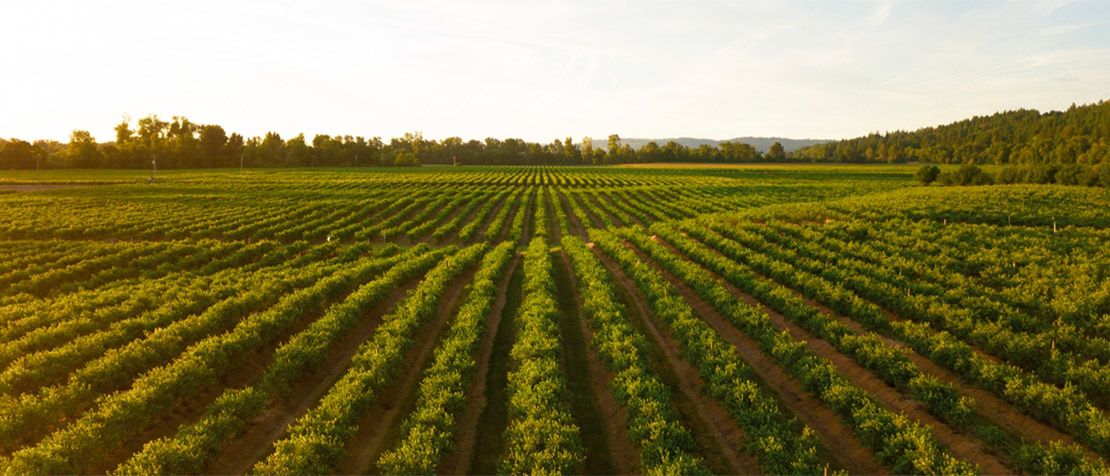
How big data is boosting productivity for smallholder farmers
The global population is forecasted to reach 8.5 billion people by 2030. And yet, arable land is diminishing. As climate change accelerates, staple cereal crop yields may decline between 10 to 17 percent for every degree of temperature rise.
These are just a few of the increasing uncertainties faced by the roughly 570 million smallholder farmers worldwide with ownership of less than 2 hectares of land, according to the Food and Agriculture Organization of the United Nations (FAO). These smallholder farmers manage up to 40 percent of global agriculture, but growing uncertainties and the inability to adapt to factors that influence productivity mean that farmers are particularly vulnerable to price, production, legal and institutional shocks.
But as intelligent ICT-enabled solutions become increasingly embedded in daily life, digital solutions hold enormous potential in – and are already making progress on – mitigating many of the risks faced by smallholder farmers.
A shift in paradigm towards digital agriculture
The recently released E-agriculture in action: Big data for agriculture report, a joint ITU and FAO publication, assesses how data and digital technologies are transforming the agriculture value chain through intelligent digital solutions, and explores the ecosystem needed to support data-driven agriculture.
“For digital agriculture, the key challenge will be in extracting accurate and actionable insights from these innovative technologies and their resulting data streams.”
Longstanding challenges for smallholder farmers are already being tackled by mobile-enabled solutions.
Mobile and GPS data, coupled with internet data and statistics, are merging to provide insights and actionable recommendations to address pain points in the value chain and at the farm level.
Digital and data solutions are enabling users in the smallholder farm data ecosystem to monitor processes within the value chain in real-time, while advanced analytics help farmers to monitor fields and understand relationships between management practices, climate and past yields.
First launched in Côte d’Ivoire in 2014, the Olam Farmer Information System (OFIS) utilizes GPS geotagging and the Android mobile operating system to map and survey farms, surrounding landscapes and farmers’ social circumstances.
Developed by leading food and agri-business company Olam, the technology allows field staff to better and more efficiently collect data and analyze farm landscapes, a process that can be otherwise painstakingly laborious.
The technology brings the benefits of big data usage to smallholder and remote settings, and the collected data is then analyzed to provide individualized farm development plans to help farmers make the most of each plot and crop while reducing dependence on pesticides and forecasting risks.
“Standardization and interoperability of big data technologies will become crucial to reaping the benefits and economies of scale and scope envisioned.”
Beyond productivity, the insights gleaned from OFIS have uncovered breaches in labor law. In Turkey, OFIS data collection revealed that, during the hazelnut harvest, migrant workers were working illegally long hours in several regions. This finding prompted Olam to educate farmers on labor regulations and raise visibility of the issue with local authorities. OFIS also helped identify risk areas of child labor, prompting Olam to set up secure spaces close to farms to accommodate the children of migrant workers to prevent the children from working.
The way forward: interoperability and standardization
As technological innovations such as 5G networks pave the way for more innovative services, agriculture will be increasingly knowledge-intensive. Farmers will need to find a way to embrace these innovative services in order to reap the benefits of enhanced insight, predictions and resource optimization.
For digital agriculture, the key challenge will be in extracting accurate and actionable insights from these innovative technologies and their resulting data streams. As it stands, global agricultural supply chains remain highly fragmented, and the agriculture sector remains characterized by heterogeneous machinery and process partners.
As innovation and use of innovative technologies expand, standardization and interoperability of big data technologies will become crucial to reaping the benefits and economies of scale and scope envisioned.
To that end, ITU is doing its part to support standardization through the activities of Study Groups 13, 17 and 20 on the standardization of next-generation networks, cybersecurity and Internet of Things (IoT) technologies.
By Pamela Lian, ITU News

